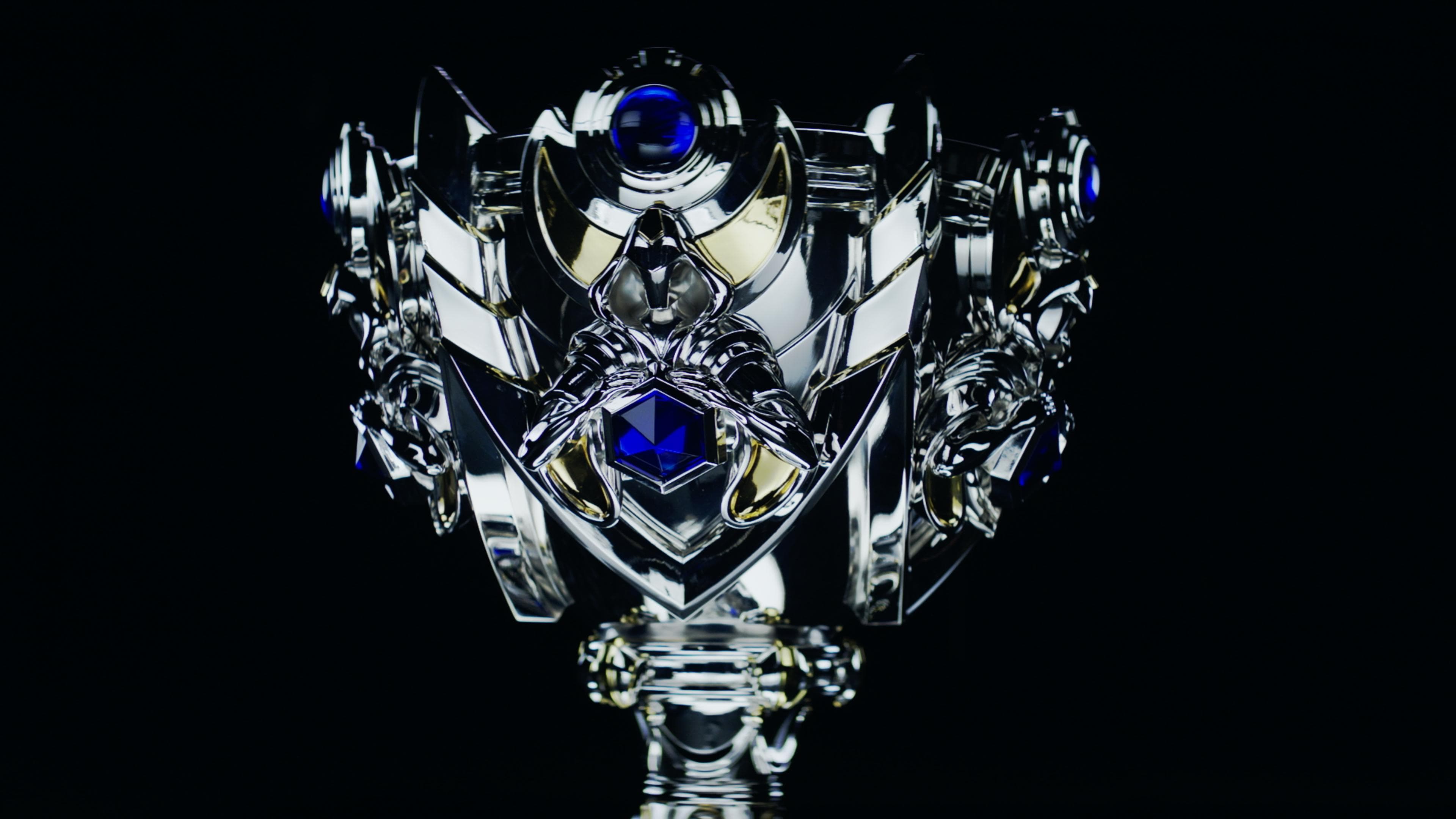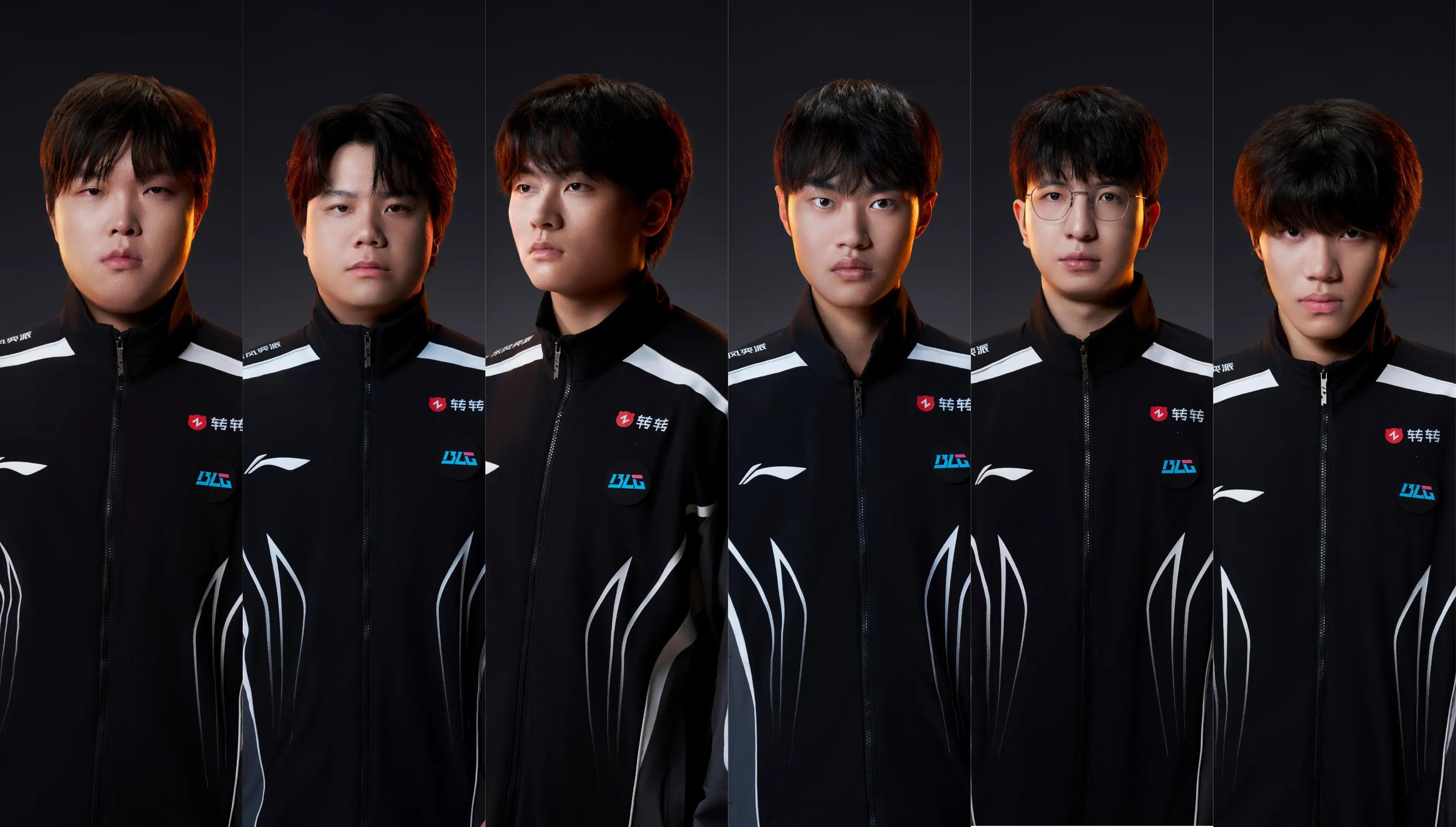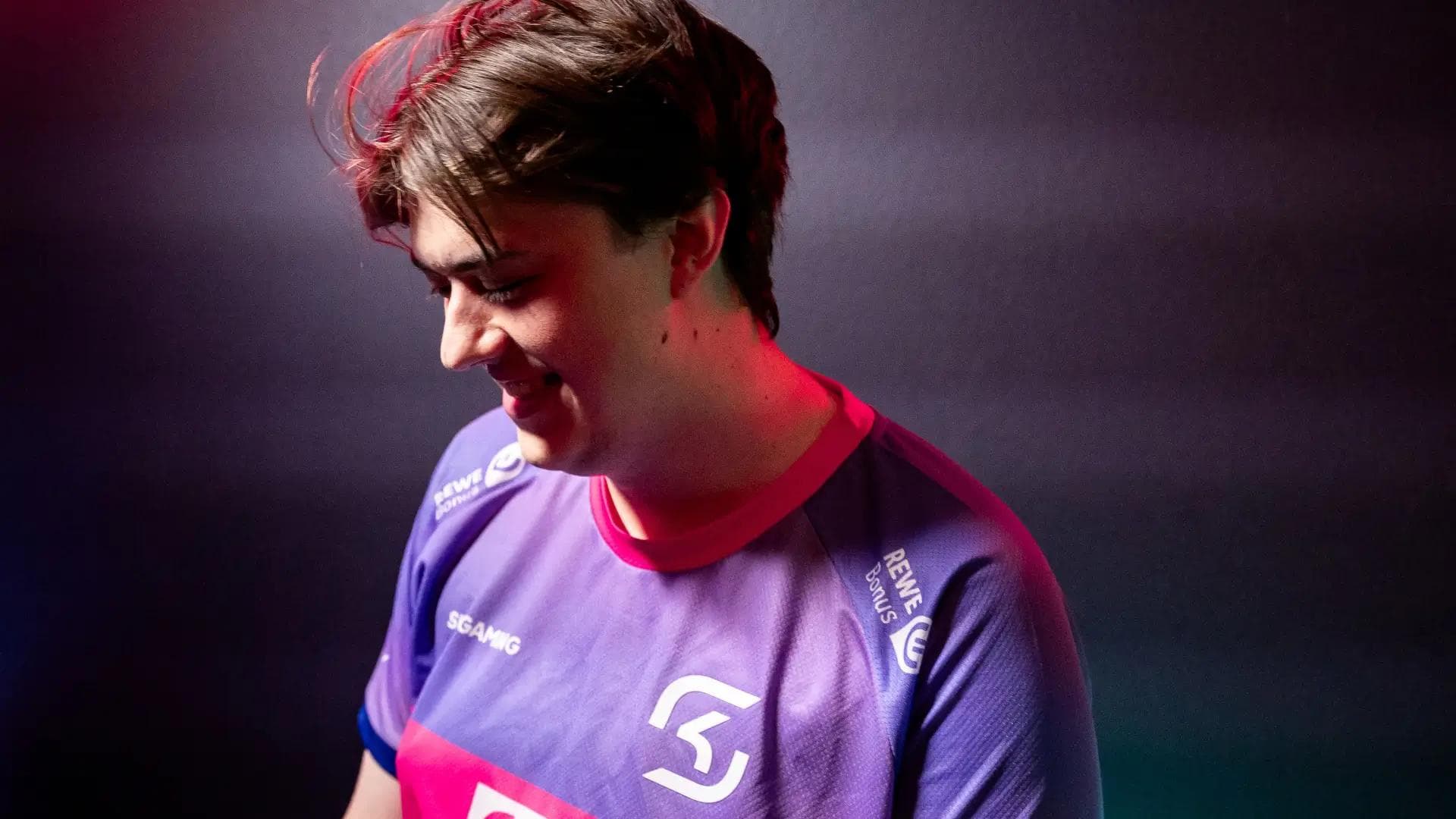The feature will first be released on the PBE for an extended trial over several patches
In their latest DevBlog from August 11, Riot Games announced the upcoming introduction of WASD movement controls in League of Legends. This feature was highly anticipated as it generated a lot of mixed reactions in the past few months. Mostly, Riot Games justifies to introduce this feature because WASD is the most common control scheme in modern PC games, especially for new players.
By offering WASD as an alternative movement system, they believe League will be more intuitive for players familiar with other games, while still keeping the classic point-and-click controls available. Their aim is for both systems to work for all roles and skill levels, letting new and veteran players discover a different way to play without either system having a competitive advantage.
They explain with full transparency that they don’t know exactly when this will happen, but that WASD controls will need to undergo extensive testing on the PBE before being added to non-ranked games, and may eventually be introduced in ranked play. However, this will only occur if the feature reaches a point where playing with keyboard or mouse is equally viable, with neither option offering a significant advantage.
How did they work on it?
To make sure of this, they have been actively testing the feature. Internally, they played many games using WASD, they ran tests with selected players, and they even offered the option to professional players during MSI 2025 to gather feedback. Based on these tests, they made targeted adjustments — for example, preventing channelled abilities like Miss Fortune’s ultimate from being accidentally canceled by movement keys, reworking Ambessa’s passive to avoid only the shortest possible dashes, and adding smoother targeting options for Flash in both the champion’s movement direction and the opposite.
The feature will first be released on the PBE for an extended trial over several patches. During this time, Riot will collect feedback, monitor win rates by skill level, role, and champion, and fix bugs or undesired interactions. They will gradually roll it out — first to non-ranked modes, then to all modes including ranked and professional play — only when they are certain that both control schemes are balanced. They will pay particular attention to movement–attack balance, since in some cases kiting may be easier with WASD.
Other improvements introduced
Alongside the rollout of WASD movement, Riot is introducing several accessibility and quality-of-life updates designed to benefit all players, regardless of their preferred control method. The keybinding system has been fully redesigned so that any action, including ones that previously required editing system files—such as binding a skill to the left mouse button, interacting with Hextech Portals, or canceling abilities — can now be assigned directly to any key or mouse button from the in-game menu.
Riot is also adding a “dynamic locked camera,” which slightly shifts the view as the player moves their mouse or champion, expanding visibility while keeping the camera centered. This helps players keep track of enemy movements, react to ganks, and aim long-range abilities without losing focus on their own champion.
Finally, last-hit indicators will appear in non-ranked games to help newer players practice timing their attacks on minions. These visual cues are based on regular damage sources like basic attacks and certain items, but they exclude burst damage effects. The goal is to aid learning during the laning phase without affecting competitive play, and even experienced testers occasionally missed cannon minions—proof that these indicators are guides, not guarantees.
Header Photo Credit: Riot Games/Sheep Esports







/Comments
Write a comment